1860 One Lustrous Aim
In the last dev diary, I referenced the trilogy of biographies on Garibaldi written by George Trevelyan as having inspired me to name the 1859 campaign as I did. Perhaps it’s fitting – Garibaldi in that war played a small but important role as the commander of the Cacciatori delle Alpi, a campaign that rates a brief mention by Trevelyan but little more. In 1860, by contrast, Garibaldi is the defining figure in the story of Italy’s unification, a story Trevelyan spends most of two books recounting. In so doing (and in doing so well) he inspired not only a name but the creation of this campaign.
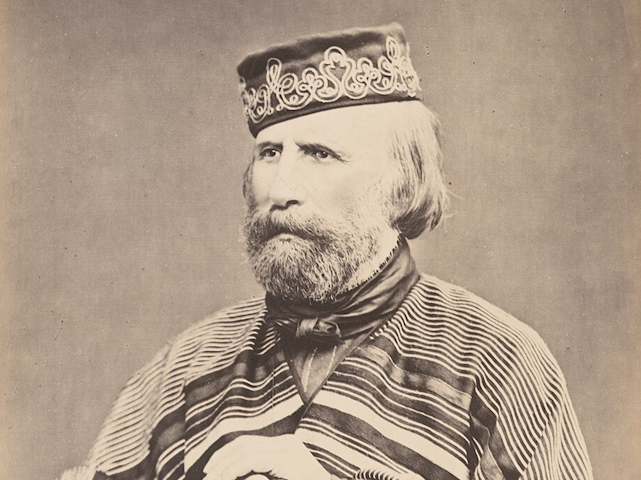
In studying military campaigns I generally tend against the idea that the personality of a commander will be a dominant factor in determining said campaign’s outcome – the so-called Great Man Theory of history. Particularly when researching potential games, it is factors such as terrain, available infrastructure, the size, strength and available supplies of each army, which I look most closely at.
Yet if there was ever an argument for the Great Man Theory, it exists in the person of Giuseppe Garibaldi. The Thousand could not have sailed without him, nor could it have succeeded had it lost him. This was a campaign that defied every military maxim ever written, from the fact that Garibaldi’s Thousand defeated a hundred times their number, to his success in a land of fortresses while commanding so little artillery, to his crossing of the Straits of Messina without possessing a navy, and in face of the formidable Bourbon fleet at that.
Before reading Trevelyan, I had never considered Garibaldi’s Expedition a possible setting for a campaign, but his telling of the story was so compelling that I soon added it to the shortlist of campaign options for this expansion. I began creating the map the very next day.
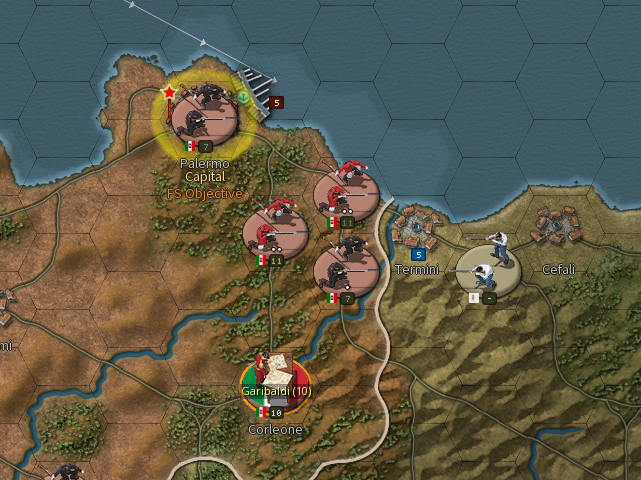
Trevelyan remained my main source while researching the campaign – very unusually so given it is a biography rather than a history of the war – but this too seems fitting. The expedition is Garibaldi’s story, and I wanted the campaign to reflect that. In naming this campaign, I turned again to Trevelyan, who quotes ‘The Centenary of Garibaldi’ by George Meredith twice in his work – once at the beginning of the second book, to introduce Garibaldi as an exile following the fall of Rome in 1849 but already a man perceived as the future unifier of Italy; and again to open his chapter on the Battle of the Volturno, the epic climax of the Expedition (and a battle which gives rise to a unique victory condition offered in this campaign).
“We who have seen Italia in the throes,
Half risen but to be hurled to ground, and now
Like a ripe field of wheat where once drove plough
All bounteous as she is fair, we think of those
Who blew the breath of life into her frame:
Cavour, Mazzini, Garibaldi: Three:
Her Brain, her Soul, her Sword; and set her free
From ruinous discords, with one lustrous aim.”
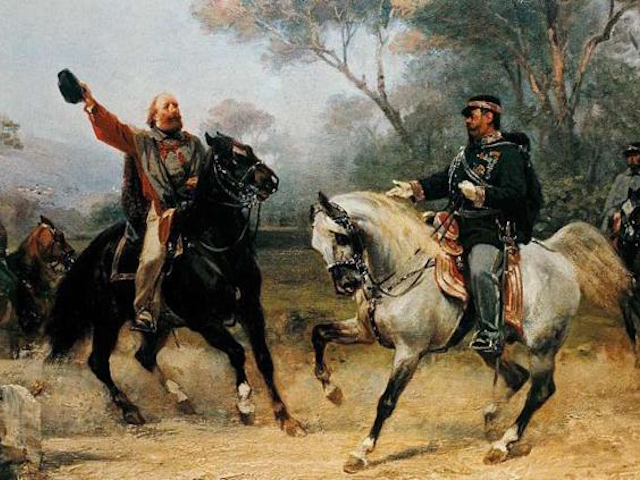
The “one lustrous aim”, to which Garibaldi devoted his life, is the unification of Italy and thus the subject of the campaign itself. I can think of no better epitaph.
1866 Whirlwind of Flame
Another biographer who I need to give a shout-out to is the late Jonathan Steinberg, whose work I first encountered when a lecture he gave about Bismarck appeared in my Youtube feed about the time I began planning out the campaign for the Austro-Prussian War.
Steinberg began that lecture with a quote from Bismarck, to an astonished Benjamin Disraeli, in 1862, in which he outlines his plans to reorganise the Prussian army, provoke a war with Austria and use this to subdue the north German states. Steinberg then labels the unification of Germany the “greatest diplomatic and political achievement, by any leader in the last two centuries, for Bismarck accomplished all this without commanding a single soldier, without dominating a vast parliamentary majority, without the support of a mass movement, without any previous experience of government, without the charisma of a great orator and in the face of national revulsion at his name and his reputation”. He finishes his introduction by asking a single question: “how did he do it?”
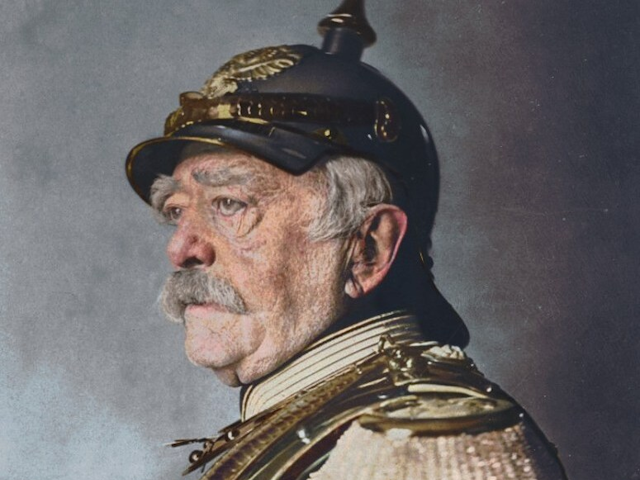
Steinberg spends the remainder of the lecture attempting to answer that question by exploring aspects of Bismarck’s personality, but one possible answer I think he overlooks is just how effectively the Austro-Prussian War was conducted. From its conception through every action of the war on the Prussian side, this was a masterpiece of strategic planning carried out with a ruthless efficiency, illustrated best by another name given to the conflict: The Seven Weeks War. Seven weeks is already a remarkably short length of time for a war to be fought and won, but what’s even more remarkable is that the war’s decisive battle at Koniggratz was fought just half way through week three.
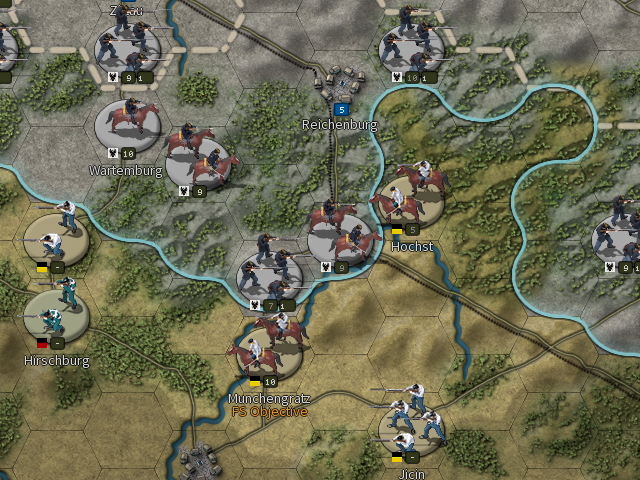
In choosing a name for this campaign, I wanted something that would reflect both the speed and the decisiveness with which the Austro-Prussian War was fought and won. The poem I chose is titled “Cavalry Charge – Koniggratz” by John Douglas Sutherland Campbell, with the campaign’s namesake taken from a line in the poem’s seventh stanza. In three words it reflects on both the political revolution Bismarck initiated – thirty-nine German states at the beginning of the war were reduced to around half a dozen, the experience of the soldiers that participated, and the shock that the rest of Europe must have experienced watching these events from the sidelines.
As I designed the map, I listened to every one of Steinberg’s Bismarck lectures that I could find, while his book ‘Bismarck: A Life’ arrived shortly before I finished making the campaign. Though it lacks the sort of short, evocative phrasing that makes for good campaign titles, it is not the poem’s seventh stanza but the sixth that offers an answer to Steinberg’s question:
“Their order was perfect and splendid,
And his voice, that at first held them in,
Had rung down their ranks for the onset,
As though it were fate they should win.”
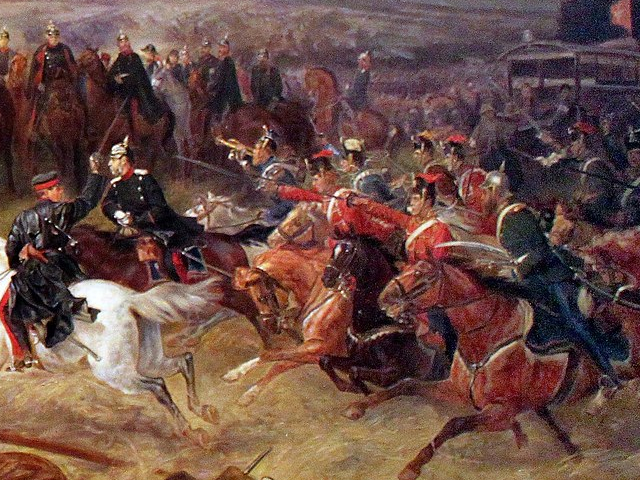
1877 Feel Not the Red Rains Fall
Concert of Europe aims to tell a single tale. The five campaigns, while each self-contained and intriguing in their own right, have all been chosen for their parts in this story. Each chapter was brought on by the events of its predecessor, and laid the unlikely path to its successor.
The story is that of Europe’s reaction, three decades long, to the revolutions of 1848. First it was one of those revolutions, and the Tsar’s efforts to crush it, that gave Russia the confidence to embark on a war, known to us as Crimea but begun in the Balkans. It was Sardinia’s contribution to the Crimean War that won them the support of Napoleon III and allowed them to embark on war with Austria. It was Magenta and Solferino that sparked a wave of nationalism in Italy, creating the conditions that would enable Garibaldi’s expedition to succeed. It was a Prussian alliance with the now-unified Italy that split Austria’s forces, enabling Bismarck to shatter them at Koniggratz. So how does this story end? It ends where it began, in the Balkans. This is the seat of Europe’s last 19th-century war, and where Bismarck asserted Germany’s new place in the diplomatic world at the Congress of Berlin.
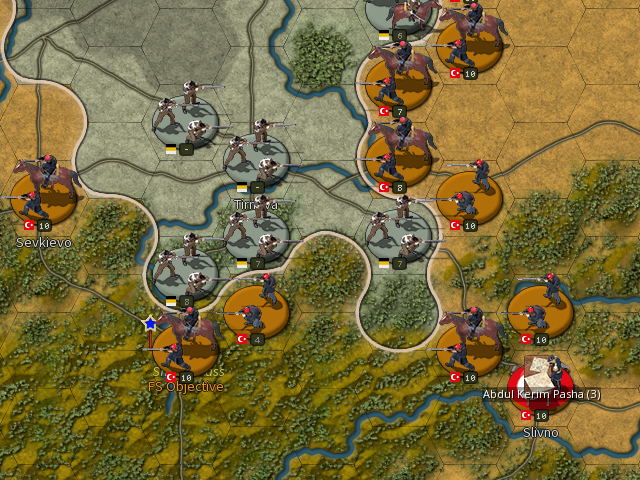
The poem in this case is “A Watch in the Night”, its author Algernon Charles Swinburne. This poem is my favourite of the five I have quoted, partly because there are many ways to read it. The line I have chosen for the campaign title alone can be read to refer to the rains that troubled the armies during this war – a campaign in which the weather steadily worsened, beginning in early summer and ending in March. The “red rains” can evoke images of blood, whether from the atrocities denounced by Gladstone in 1876 which caused the war, or the tens of thousands who perished during the conflict. “Feel not” can echo Gladstone’s frustrations about Britain’s neutrality at the beginning of the war, or it can welcome Bismarck’s efforts to restore Europe’s peace at its end.
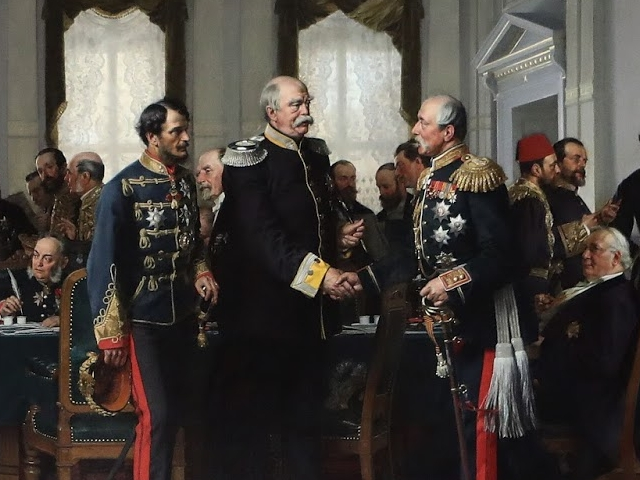
I have chosen this poem not just for its reflection on a war that, at the time of writing (1868) had not yet been fought, but for how it represents this period of history as a whole. The fourth stanza describes men “mowed us as sheaves for the grave” – an increasingly common image as weaponry improved – but also notes that “freely to freedom we gave”, which encapsulates the aspirations of those who took part in the Springtime of Nations.
The poem also reflects on the fate of nations by 1878: England (“warm, no season to weep”), entering its period of global hegemony and splendid isolation; France (“crowned, there is no more France”) shattered by the defeat of 1870; Italy (“a light too strong for a star”) and Germany (“long has it lulled me with dreams”) emerging as united nations for the first time. The final stanza reads as follows:
“Liberty, what of the night?
I feel not the red rains fall,
Hear not the tempest at all,
Nor thunder in heaven any more.
All the distance is white
With the soundless feet of the sun.
Night, with the woes that it wore,
Night is over and done.”
With this the story closes. I hope it is one you enjoy playing as much as I enjoyed creating.
















